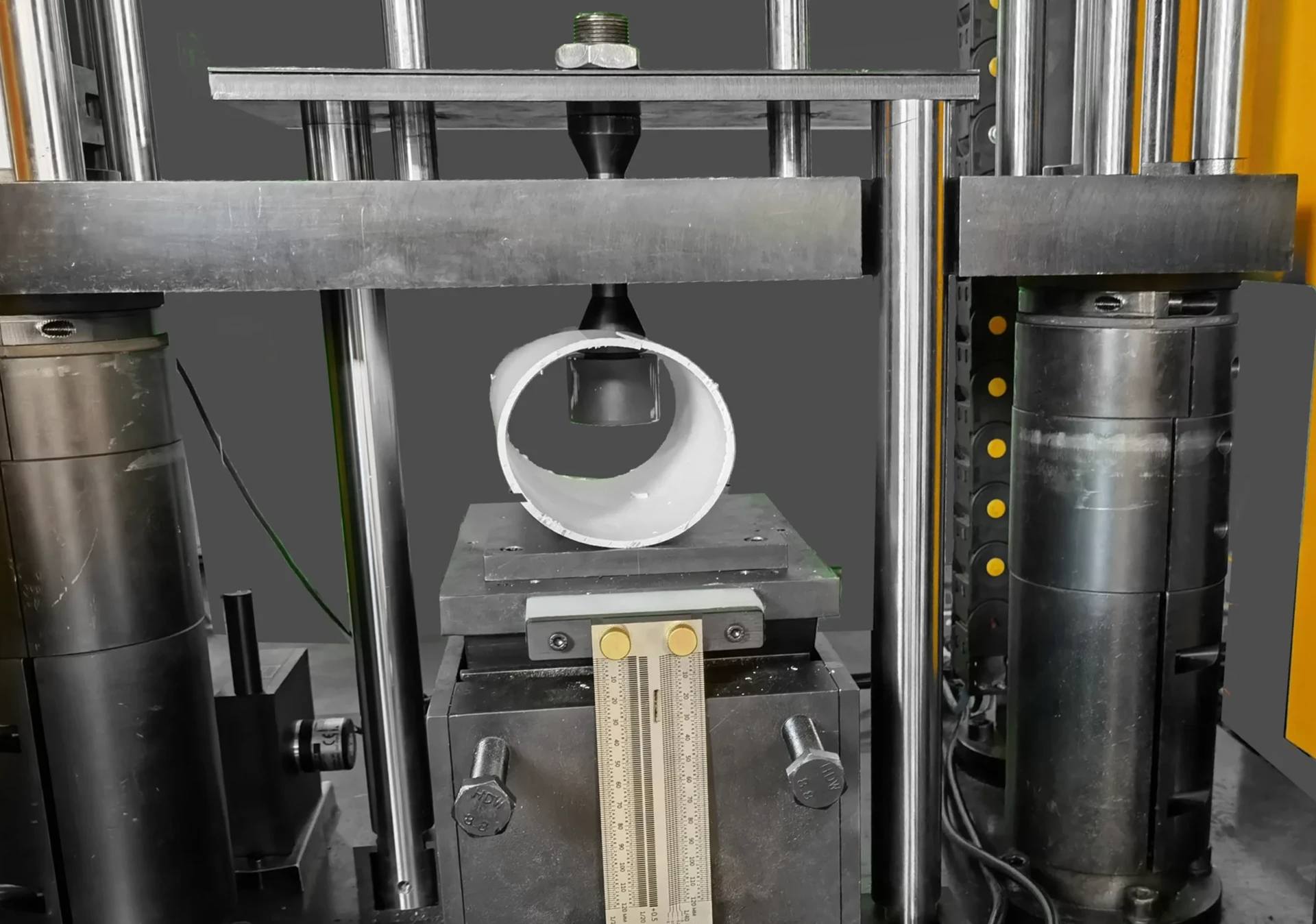ISTA 3B Full-Container Simulation
The ISTA 3B Full-Container Simulation is a critical procedure designed to evaluate the resistance of packaging materials and systems against drop and impact forces under realistic full-container conditions. This test ensures that products shipped in containers are adequately protected from damage during transit, thereby enhancing product integrity and customer satisfaction.
The International Safe Transit Association (ISTA) developed this protocol as part of its suite of tests to provide a standardized approach for simulating real-world transportation scenarios. The primary goal is to identify potential weaknesses in packaging designs that could lead to product damage or failure upon impact with the container floor, walls, or during handling.
During an ISTA 3B test, packages are subjected to multiple simulated drops and impacts from various angles and heights, replicating the most common types of mishandling encountered in global shipping. The test is particularly useful for ensuring that packaging meets the stringent requirements set forth by international standards such as ISO 17850-2 and ASTM D475.
The testing process involves placing a full container or mock-up on a vibration table, simulating the motion experienced during transport. This setup allows for controlled environmental conditions, including temperature and humidity, which can further stress the packaging materials. Following the test sequence, the contents of the package are inspected for any signs of damage or deformation.
The ISTA 3B Full-Container Simulation is widely used in industries such as pharmaceuticals, electronics, and consumer goods where product integrity is paramount. By adhering to this protocol, manufacturers can ensure their packaging solutions meet regulatory requirements and customer expectations, ultimately reducing the risk of costly returns and recalls.
Benefits
The ISTA 3B Full-Container Simulation offers numerous benefits for quality managers, compliance officers, R&D engineers, and procurement professionals. By incorporating this test into their product development and manufacturing processes, organizations can:
- Enhance Product Integrity: Ensure that products remain undamaged during transit.
- Meet Regulatory Requirements: Adhere to international standards for packaging performance.
- Avoid Product Returns and Recalls: Reduce the risk of damaged goods reaching consumers.
- Increase Customer Satisfaction: Deliver products in optimal condition, enhancing brand reputation.
- Optimize Packaging Design: Identify and rectify any design flaws early in the development process.
- Reduce Costs: Minimize the need for warranty replacements and repairs by ensuring robust packaging.
- Promote Sustainability: Develop more efficient, eco-friendly packaging solutions that minimize waste.
- Ensure Compliance with Global Standards: Stay ahead of regulatory changes and industry trends.
The results of the ISTA 3B test provide actionable insights into how different types of containers and packaging materials perform under real-world conditions. This information can be used to refine design specifications, improve material selection, and streamline production processes, leading to more effective and resilient packaging solutions.
Industry Applications
| Industry Sector | Specific Application | Description of Test Parameters |
|---|---|---|
| Pharmaceuticals | Evaluating the impact resistance of drug containers and packaging systems. | The test simulates the transportation conditions faced by pharmaceutical products, ensuring they arrive in pristine condition. |
| Electronics | Determining the robustness of electronic components during transit. | The test replicates the motion experienced by electronics packages to ensure they are protected from damage. |
| Consumer Goods | Assessing the durability of consumer products in full-container environments. | This test provides a realistic simulation of the stresses encountered during shipping, helping manufacturers improve product packaging. |
| Fashion and Apparel | Evaluating garment bags and containers used for transporting clothing items. | The test ensures that fashion goods arrive in perfect condition by assessing their resistance to impact forces. |
| Automotive | Testing the packaging of automotive parts during shipment. | This simulation helps ensure that critical components are delivered intact, supporting vehicle assembly processes. |
| Food and Beverage | Evaluating the impact resistance of food containers to maintain product integrity. | The test ensures that perishable goods arrive in optimal condition by assessing their packaging performance. |
Across these diverse industries, the ISTA 3B Full-Container Simulation plays a crucial role in ensuring that packaged products remain undamaged during transit. The test’s ability to replicate real-world conditions makes it an invaluable tool for manufacturers and logistics companies looking to enhance product protection.
Competitive Advantage and Market Impact
The ISTA 3B Full-Container Simulation provides a significant competitive advantage by helping businesses ensure that their products arrive at their destination in optimal condition. This ensures customer satisfaction, reduces the risk of returns and recalls, and enhances brand reputation.
By adhering to this protocol, companies can demonstrate their commitment to quality and safety, which is increasingly important for consumer trust. The test also helps organizations stay ahead of regulatory changes and industry trends, ensuring they meet or exceed global standards for packaging performance.
The results of the ISTA 3B Full-Container Simulation are particularly valuable in highly regulated industries such as pharmaceuticals and electronics, where product integrity is paramount. These insights can be used to refine design specifications, improve material selection, and streamline production processes, leading to more effective and resilient packaging solutions.
In addition, by ensuring that their products meet the rigorous standards set forth by ISTA, companies can differentiate themselves from competitors who may not have invested in similar quality assurance measures. This commitment to excellence helps build a strong market position and fosters long-term customer relationships.





